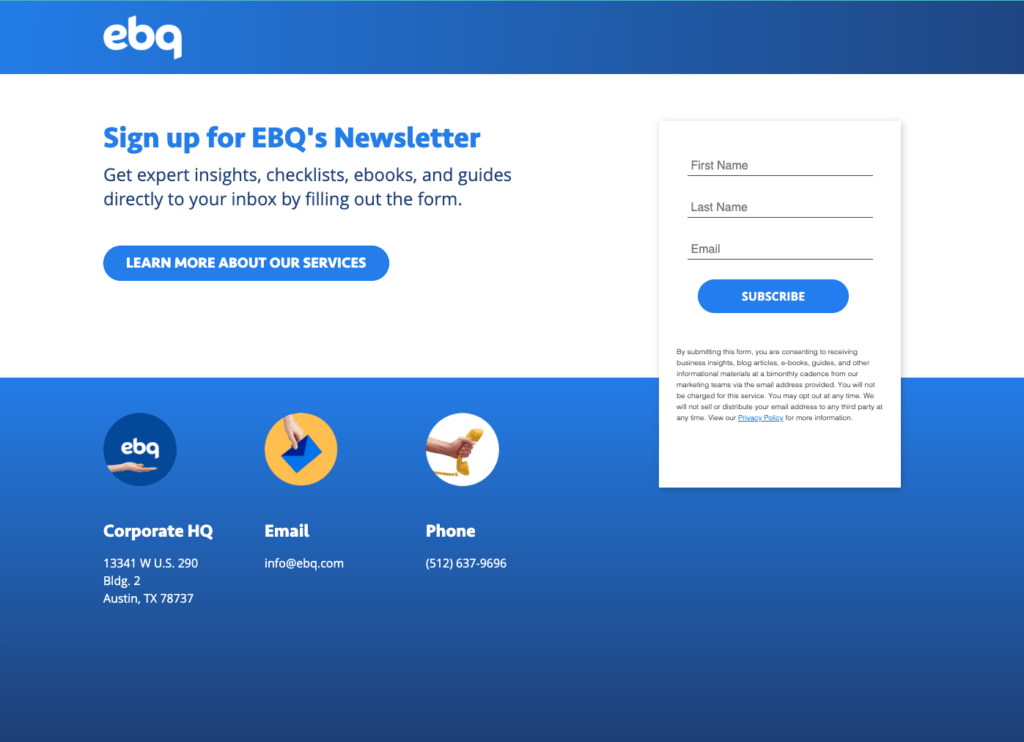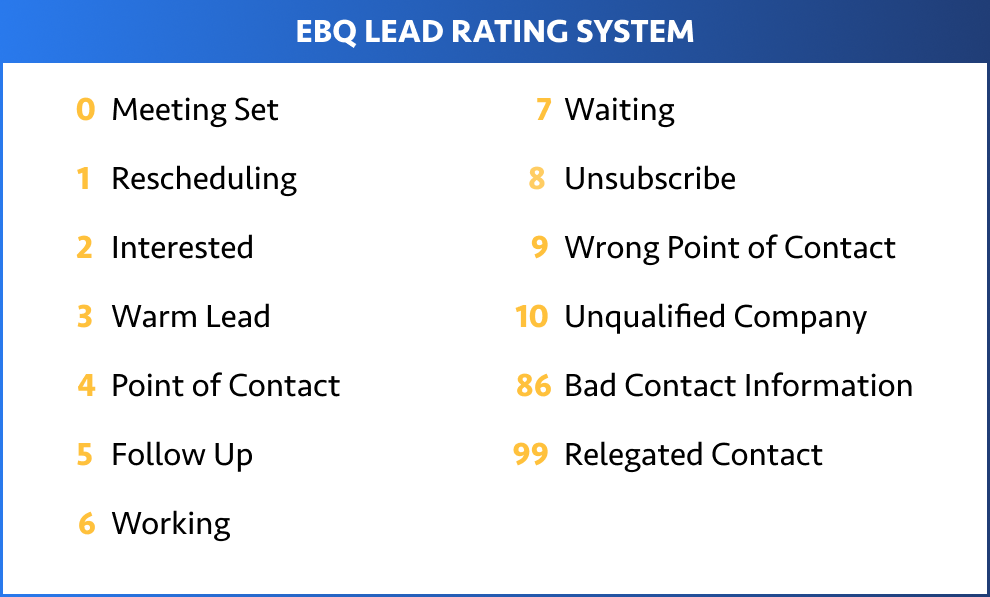5 Steps on How to Build a Successful Sales Pipeline


Donte Hamilton
This post was originally published in February 2023 and has been updated for accuracy and comprehensiveness.
If you have been wondering how to build a successful sales pipeline, you’re in the right place. A sales pipeline tracks the progress of leads and new opportunities throughout the stages of your revenue cycle. You can see when a prospect has entered your system all the way down to when the lead closes a deal.
In this post, we will walk you through the 5 essential steps to building a successful sales pipeline. When you begin to grow your pipeline, you’ll notice more sales-qualified leads coming in, an increase in revenue growth, and your sales reps will become more motivated than ever to close deals.
Follow the steps below to build a sales pipeline that will bring you many years of success.
The Essential Guide to Sales Pipeline Management
Learn our strategic approach to tracking prospects throughout the pipeline, forecasting revenue, and closing more deals.
1. Begin with target market identification
To start growing your sales pipeline, you must first determine who you’re targeting. Creating an ideal customer profile and buyer personas will give you insight into your target audience and how you can best reach them.
An ideal customer profile considers the details about the companies you are targeting:
- Firmographics
- Demographics
- Psychographics
A buyer persona focuses on the buyers your company will target:
- Job titles
- Role in the decision-making process
Identifying a target audience will help your sales reps and marketing specialists understand who to contact, what strategy they should take, and how to create useful messaging. When creating buyer personas, consider what the buyer needs and how their priorities may change when new challenges arise.
After you fully understand elements of your buyer persona, such as job titles, company size, obstacles, and concerns, you can build a list of prospects who would be interested in your solution.
2. Build out prospect lists
After determining your target audience, it’s time to build out your prospect list. To build strong business relationships, we recommend using an account-based strategy targeting specific companies and their individuals. An account-based strategy focuses on a select group of accounts instead of casting a wider net to try and attract a larger number of prospects. You can do this by creating personalized messaging and customized engagement strategies.
A few components of an account-based strategy include:
- Identifying target companies
- Engaging in personalized conversations with them
- Building deeper relationships with key accounts that lead to new opportunities
If you choose to create a list of prospects on your own, consider sales prospecting tools that may be available to enhance your database. Aside from tools and methods that can streamline the process, you should also look into your contact data to ensure it is accurate and updated.
Organizations tend to restructure their departments, meaning that decision-making targets may change regularly. As shifts continue to happen more than usual, your contact data may decay sooner than anticipated, making it even more important to regularly check your contact data to make sure it aligns with the company you are targeting.
Rather than buying a list, you should invest in data experts who will manually verify data to ensure the information is updated and ready for your reps to prospect.
Additionally, inbound lead generation methods are great for creating a targeted prospect list. Including forms in the content where users can provide their information will increase the number of leads your company is getting.
Some inbound lead magnet methods include:
- Blogs
- Social media posts
- Landing page forms
- Webinars
- Live chats

Once your prospect list is built, you can create outreach methods that will help qualify your leads.
3. Establish lead qualification criteria and outreach processes
Without a systematic qualification and outreach process, funneling leads through your sales pipeline will become extremely time-consuming. The good news is that there are ways to streamline this process. Dedicating a team of sales development representatives or SDRs whose main focus is to prospect and qualify leads will tremendously cut down time so your reps can focus on closing deals.
Two components will need an efficient sales process.
Lead qualification
An established lead qualification process is a system that tells your reps how valuable a lead is. It will help your reps understand if your offering will solve a prospect’s needs and challenges. Remember: every company is different, so your lead qualification criteria should be unique to your business. However, we recommend that every qualification process answers whether the prospect is the right person and whether you are targeting the right company.
EBQ’s lead rating system allows our team to accurately gauge each prospect’s level of interest. Our numeric point system tracks leads and rates them based on how close they are to closing a deal, providing context for the sales team to work from.
EBQ’s lead qualification rating system:

Bear in mind that prospects are constantly facing new challenges, like budget restrictions or a change of plans when finding new solutions. Identifying the challenges they are dealing with will help determine what your lead qualification criteria should look like and how much a prospect has to match the guidelines.
Touch cadence
A touch cadence outlines the timing and methods used to contact prospects over a period of time. Because most B2B buyers are multitasking between different tasks and responsibilities, persistence is key. Leveraging communication tactics (like phone calls, voice mails, and emails) will help your reps reach their contacts and offer those contacts opportunities to stay in touch with your reps.
At EBQ, we have established a successful touch cadence to ensure our reps contact our buyers effectively. We even separate our tactics based on whether the prospect is cold or warm.


Subscribe to EBQ's Bimonthly Newsletter

Subscribe to EBQ's Bimonthly Newsletter
4. Prioritize sales pipeline management best practices
The steps we have discussed thus far are great ways to expand your sales pipeline. However, you won’t see much growth if you don’t consistently manage it with best practices in mind. There are three ways to ensure you are properly managing your pipeline to receive the best results possible.
Use a customer relationship management (CRM) platform like Salesforce if you aren’t already. A CRM can increase your efficiency by tracking the stage of the pipeline your leads are in, giving your reps better visibility into how to handle the leads. A CRM provides automated stages with the ability to add customized steps, a place to store and organize all contact information, and increased visibility within the organization.
Customize your sales pipeline stages to fit your unique sales process. With recommended stages as the building blocks, you can create stages that align with your lead’s needs, wants, and challenges. This will also help when creating reports on the sales pipeline. A few examples of customized sales pipeline stages include initial contact, negotiation, or after-purchase.
Use current and past sales to forecast revenue and future pipeline needs. Using the CRM to track what has happened in past years will help you answer questions like:
- How many contacts were needed in the database?
- How many sales-qualified leads (SQLs) were successfully converted?
You can use the reports to determine how many sales you’ll need to close in order to reach your sales goals for that year.
Prioritizing sales pipeline management will make it easier for you and your team to nurture leads successfully. For a more in-depth look at how to manage your sales pipeline properly, check out our Essential Guide to Sales Pipeline Management.
5. Increase your sales to current customers
Rather than straining to build your pipeline with new leads, you can shift your focus to your existing customer accounts. Past and current customers are often forgotten about, but they can be a strong source of revenue. Using cross-selling or upselling methods is a great way to reconnect with past clients.
You can re-engage with past and current customers through:
- Cross-selling: Pitching products or services that will complement their initial purchase.
- Upselling: Offering a past client an upgrade or higher-end version of the product they purchased previously.
Reaching out to past clients may open the door to building the relationship further and potentially closing more deals. It’s also okay to ask clients for referrals. When there is a positive experience, the client is most likely willing to refer your company to a contact of theirs. Referrals are so powerful that they create 65% of new business opportunities, with over 90% of buyers trusting word-of-mouth referrals over other marketing strategies.
Building a sales pipeline requires creative strategies and new techniques. Now is the time to experiment and see what resonates with your target audience.
The Essential Guide to Sales Pipeline Management
Learn our strategic approach to tracking prospects throughout the pipeline, forecasting revenue, and closing more deals.
How to build a strong sales pipeline consistently
Building a strong sales pipeline requires action rather than waiting for leads to find you. As companies continue to strive for more with limited resources, taking these steps will help expand your pipeline with quality leads.
While these strategies are helpful in building your pipeline, they still require a lot of effort, time, and patience. If you need assistance, our SDR team can take on all of your sales prospecting responsibilities. Check out our lead generation services to learn how we can help you set more meetings while your team can focus on closing more deals.

